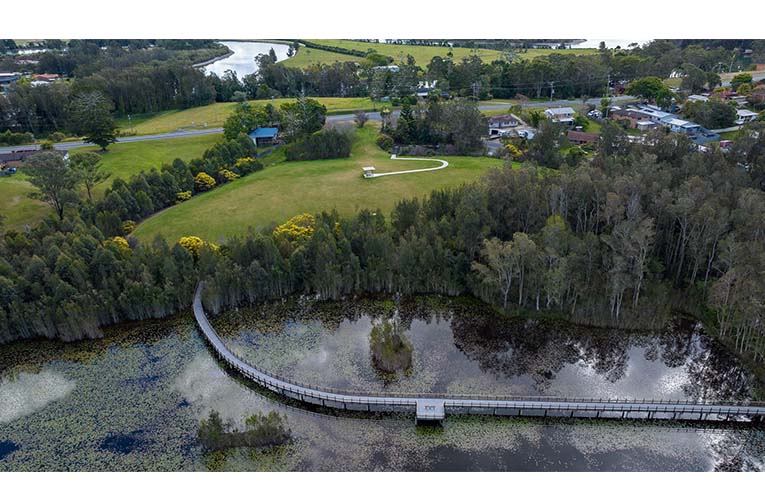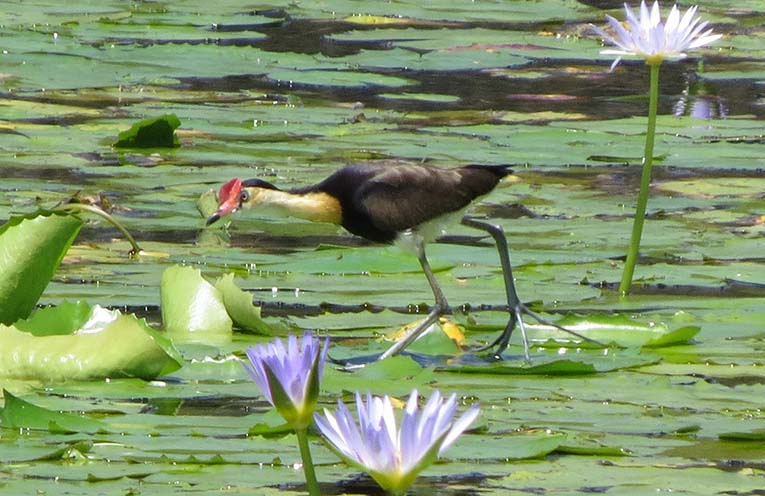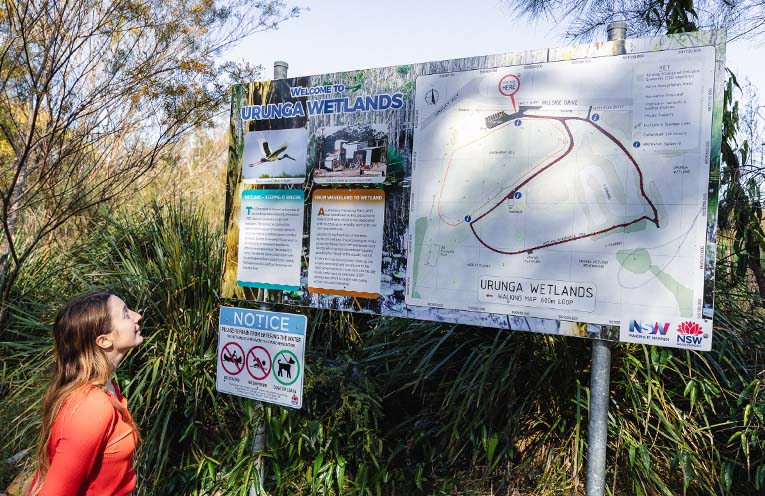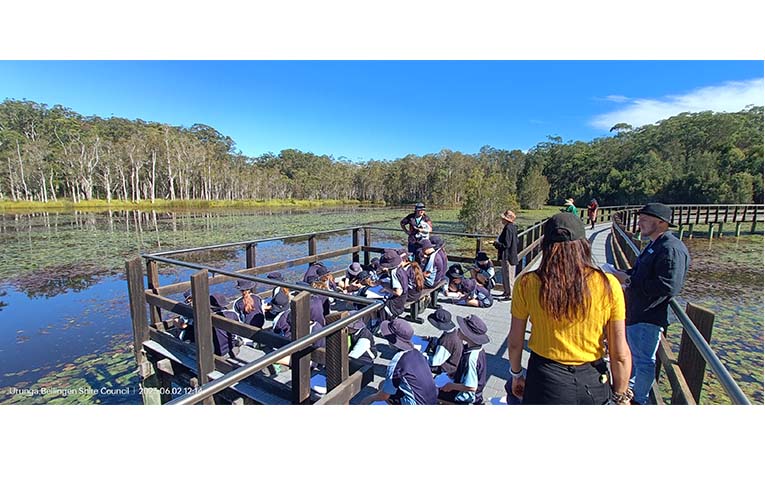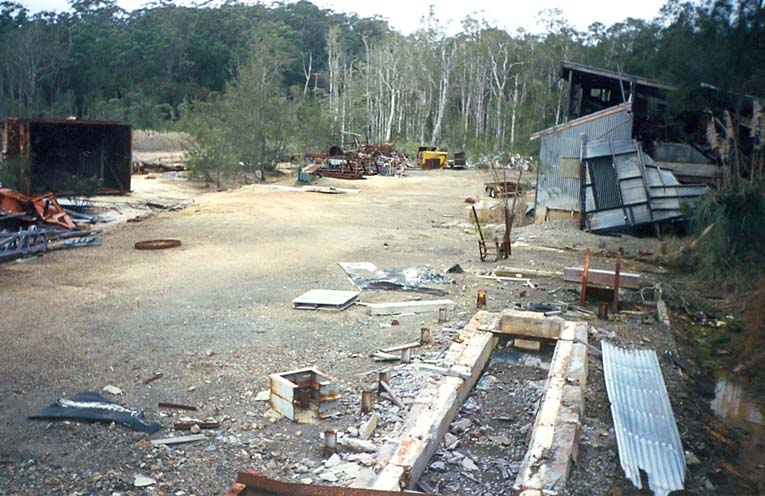
PARADISE is restored across Urunga Wetlands six years after the completion of a $10 million clean-up of one of NSW’s most polluted sites.
The filthy site was transferred to the NSW Government as Crown land to treat and contain more than 36,400 tonnes of contaminated soil and sediment, with the vision to transform the area into a flourishing wetland habitat.
 Advertise with News of The Area today.
Advertise with News of The Area today.It’s worth it for your business.
Message us.
Phone us – (02) 4981 8882.
Email us – media@newsofthearea.com.au
The Bellingen Birders group, with up to 80 active members, has been undertaking regular bird surveys since the wetlands opened following the remediation project in 2017.
The latest surveys have found the revived wetlands are now home to 123 different bird species, a virtual alphabet from Australasian Darters to Yellow-tailed Black-Cockatoos and many more.
“The Urunga Wetlands is an oasis for birdlife,” Bellingen Birders coordinator Richard Jordan told News Of The Area.
“If you take the loop walk around the reserve you will find it hard to believe that it was once a highly contaminated processing site for antimony ore.
“Bellingen Birders has been noting the birds present on a regular basis, since the rehabilitation process was completed, and over 120 species have been recorded.
“Highlights have included Magpie Geese, Black Swans and Comb-crested Jacanas.
“The geese, normally found further north, have even settled down to breed on an adjacent lake in Bellinger Keys Estate, with regular visits to the Wetlands.
“The Jacana (or lily-trotter) can be seen walking confidently on the lily pads using its enormous feet.”
The waterbirds come and go according to conditions elsewhere.
“The current heavy rain inland will see the swamphens, coots and ducks heading off to take advantage of new feeding areas.
“How they know about them is still a mystery.
“When those ephemeral lakes dry out the waterbirds will return to Urunga.
“In that sense the Wetlands form a significant drought refuge.”
Visiting Urunga Wetlands is a delight, and an example of what can be achieved to reverse the harms of the past, according to Richard.
“If you see someone out there with binoculars it is probably one of our members.
“Say g’day and have a chat with them about the birds you have seen.”
Jason John, Local Coordinator, Bellinger Landcare Inc told NOTA, “The support from the NSW Environmental Trust was invaluable in enabling us to get contractors to really push along the first stage of weed control and regeneration, and train up our local groups to work alongside them at regular working bees.
“We’ve had about 20 people working on riparian restoration at the wetlands and about half a dozen at nearby Station Creek.
“In the dry weather, you can walk all the way from Bellinger Keys, around the Wetlands boardwalk, along the Landcare site, down the road and under the rail bridge to Station Creek, also recently rehabilitated, and then turn right to walk along the lagoon, spotting some of the 120-plus bird species recorded in the area,” he said.
Today it is hard to believe the site was previously a toxic and barren wasteland used as an antimony processing plant from 1969 to 1974 to extract the heavy metal for use in flame retardants, metal alloys, plastics and electronics.
Minister for Lands and Property Steve Kamper said, “Crown land reserves play a major role in the NSW visitor economy supporting tourism as well as local businesses, jobs and economies that prosper from visits.
“It’s fantastic to see the ongoing transformation of Urunga Wetlands that now attracts an estimated 10,000 visits each year.”
Several educational signs have been installed, featuring the new name for the site, Nyanuum-gaaba, artwork from the local public school and a reflection by Gumbaynggirr local Frances Witt.
By Andrea FERRARI

